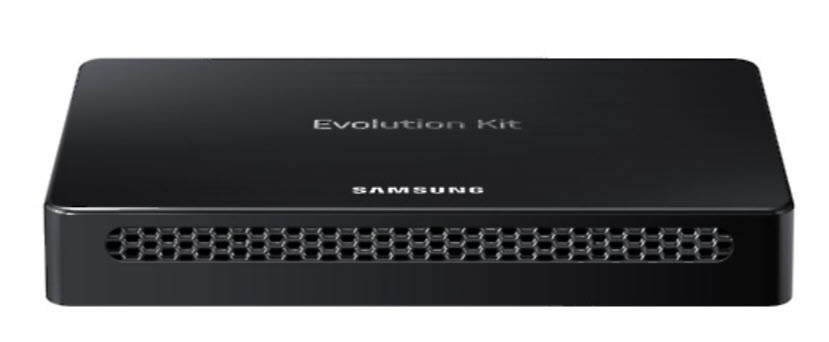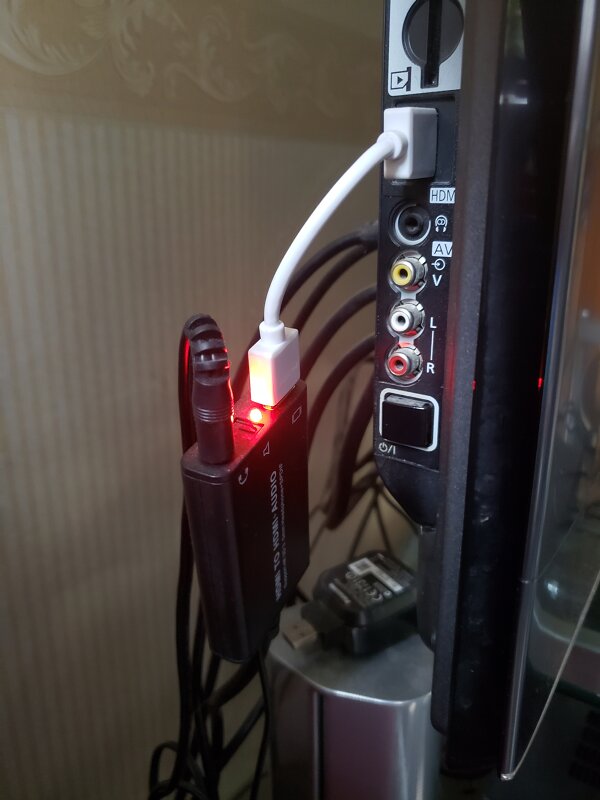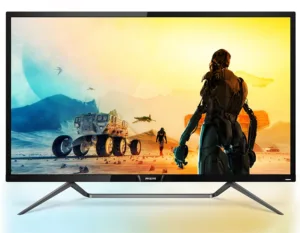One of our writers that has been a regular was unable to write their column today, so I got to write an extra one at short notice. As I did my daily look around a wide range of news sources, I saw an article on Smart TVs that echoed thoughts that I have often had about Smart TVs.

The article was from Business Insider and it is entitled “Smart TVs are having a rotten couple of weeks, and it proves why you should buy a separate media streaming device“. The article goes on to point out the problems for smart TVs that will lose support for services that were available at the time of purchase. This is not a new problem.
The reality of the TV business is that it is fiercely competitive. Let’s face it, you will be able to buy a very large TV for just a quarter or less of the price of a state-of-the-art smartphone. It’s not surprising, then, that TV makers find it really hard to build in the kind of performance that you have in a mobile device into a TV, given that it will have to have a big display, that costs a lot to package and ship as well as more significant audio and power supplies etc. I can’t remember who said it first, but a phrase I heard a few years ago was “Your Smart TV is as smart as your three year old PC”. That’s because of the price pressures in the TV market.
The other phrase that I have used many times over recent years is that “Your Smart TV today becomes your Stupid TV in three years”. That’s the process that is going on with apps at the moment. The reality is that buyers expect their TVs to last for a lot of years – maybe not as many as they did in the days of CRT TVs, but even discount sellers like Richer Sounds in the UK offer six year warranties on their TVs – reflecting that six years is the minimum kind of time that people would expect their TV to last. They have that offer even on the discount 2019 LG 55″ OLED TVs that are on sale at the moment (£1,099 inc VAT or $1,163 + tax) (although I won’t get started again on the topic of ‘burn-in’ warranties!).
Now, over six years, typical consumers in the rich West are likely to go through two or three generations of smartphone and the changes in performance are likely to be very significant.
A Work-around
One way around this is to design the TV set in a modular fashion with a plug-in module that could be upgraded. Samsung did this several years ago with its Evolution module – and committed to update the module every year (check out a video here on the upgrade process). However, the firm soon abandoned that idea. We heard that almost nobody did the upgrade. Of course, compared to a standard dongle such as one from Roku, they have to be relatively expensive because of the very low volume of production. This kind of system typically has limited flexibility also because quite often the module might not support new interfaces, which limits functionality. (One of Samsung’s kits had pretty poor user reviews)
These days, LG and Samsung have both developed high end TVs with separate processing and input boxes from the display itself. That is a reasonable solution and the volume would, at least, match the overall sales volume of the set model. Nevertheless, it means replacing a lot of hardware and circuitry, so will never be cheap.

Dongles, dongles
So the solution is probably, as the article suggested, the use of dongles. I have a dongle on my Panasonic PDP TV (still a great picture) to support the Roku OS. I like Roku and the Panasonic TV had a pretty terrible SmartTV solution when new several years ago, so is archaic now. The Roku, on the other hand, works very well for Prime and Netflix. However, the physical setup is not ideal. I use an older Yamaha audio receiver for TV audio (no TV gets to the level of quality that I want) but the Roku stick does not support external audio, which is irritating. That means I need to use an audio ‘splitter’ to extract the audio from the HDMI port between the Roku and the set – so there really are too many bits of wire. However, it works!
 The audio splitter I have to use to make the most of my Roku connection.
The audio splitter I have to use to make the most of my Roku connection.
One way to improve the way that dongles would work would be for TV makers to support the concept that digital signage display makers used for a while. There was a standardised space on the back of the display where an external box/dongle could be fitted. The TV makers could do this, with a standardised way of attachment, an HDMI port and some power (via, probably, a USB). However, this would make them feel that they are suggesting that users might want or need something outside their ‘smarts’. Given that they only really care about what the user thinks at the moment of purchase, that would be a negative thought, so they won’t do it.
I have also suggested for years and years that an HDMI-only TV (or big monitor) should be saleable, getting all its content via streaming or a console or STB and MMD/Philips is doing something in that area with its gaming-specific Momentum sets which are now being released in 55″ as well as its original 43″. Sadly, I hear that retailers continue to insist that TVs have to have tuners, otherwise they have to be in the monitor section of the store. (BR)
The Philips Momentum 436M6VBPAB supports HDR1000

